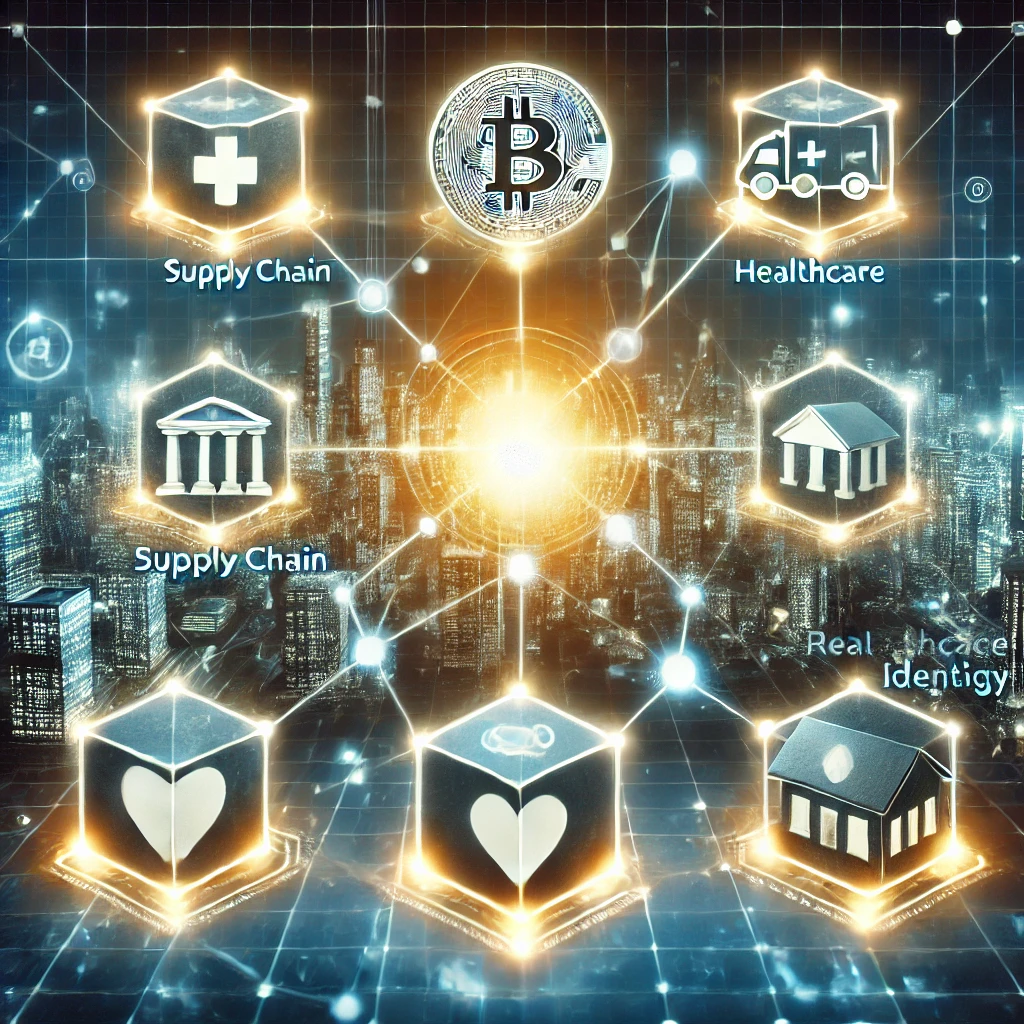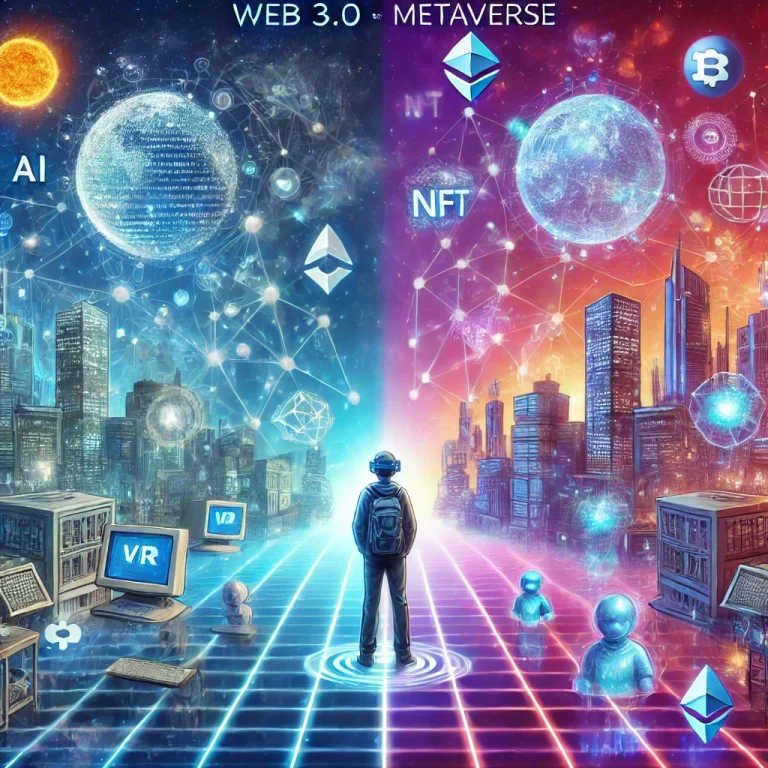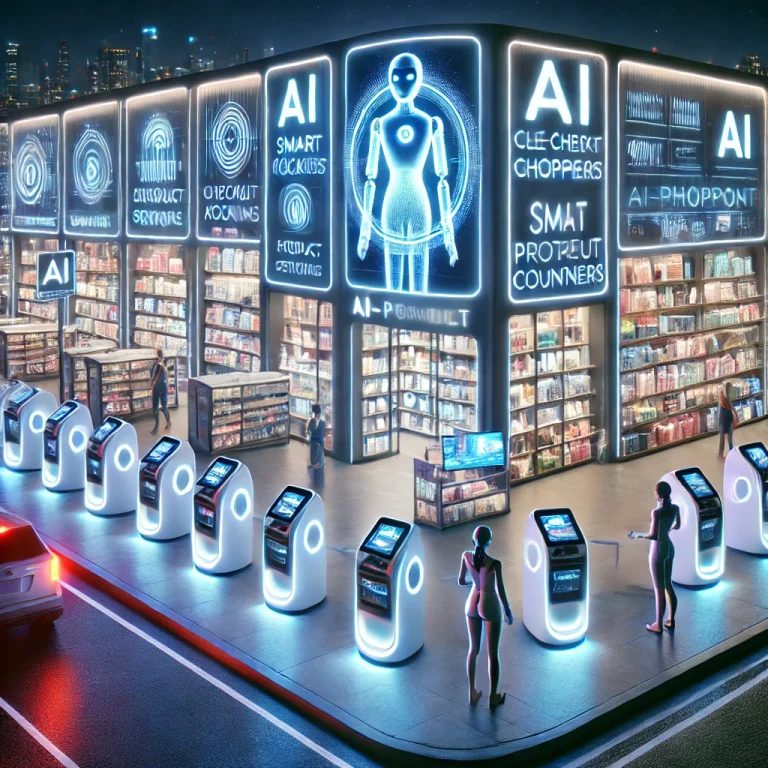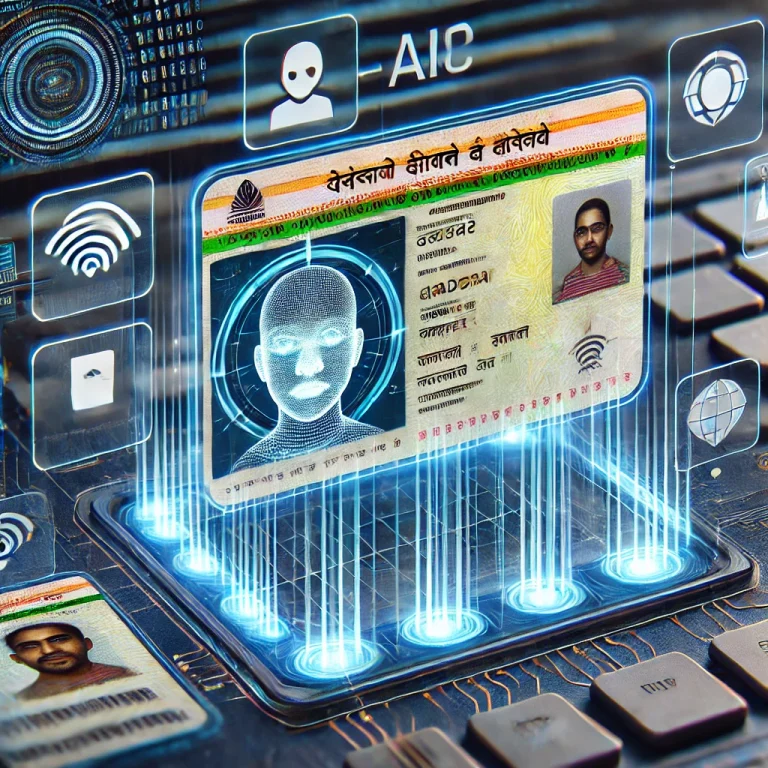Blockchain Beyond Crypto: The Future of Decentralized Technology
Introduction
Blockchain technology is often synonymous with cryptocurrency, but its potential extends far beyond digital currencies like Bitcoin and Ethereum. With the rise of decentralized applications (dApps), smart contracts, supply chain innovations, and digital identity systems, blockchain is shaping the future of multiple industries.
As we move into an increasingly digital era, blockchain’s ability to provide transparency, security, and decentralization makes it a disruptive force across finance, healthcare, real estate, and even governance. In this in-depth exploration, we will uncover how blockchain is transforming industries beyond crypto, its potential applications, and the challenges ahead.
What is Blockchain Technology?
Blockchain is a distributed ledger system that records transactions securely and transparently without requiring intermediaries. It consists of blocks of data linked together in an immutable chain, ensuring security and transparency.
Key Features of Blockchain:
- Decentralization: No single entity controls the network, reducing the risk of fraud and manipulation.
- Transparency: Transactions are publicly verifiable and immutable.
- Security: Advanced cryptographic techniques ensure data integrity.
- Smart Contracts: Self-executing agreements that eliminate the need for middlemen.
Blockchain is not just about cryptocurrencies—it is a framework for trust that can power numerous real-world applications.
Industries Disrupted by Blockchain Technology
Blockchain is revolutionizing multiple industries beyond the financial sector. Here’s a look at some of the most promising use cases:
1. Supply Chain Management
Problem: Traditional supply chains are complex, with multiple intermediaries leading to inefficiencies and fraud.
Blockchain Solution: ✅ End-to-End Transparency: Businesses can track products from manufacturing to delivery.
✅ Immutable Records: Transactions cannot be altered, ensuring authenticity.
✅ Enhanced Efficiency: Smart contracts automate processes, reducing paperwork and costs.
🚀 Example: IBM’s Food Trust blockchain improves food traceability, reducing contamination risks.
2. Healthcare & Medical Records
Problem: Patient records are often fragmented across multiple providers, making access difficult and prone to errors.
Blockchain Solution: ✅ Unified Health Records: Patients control their data and share it securely with healthcare providers.
✅ Fraud Prevention: Prevents counterfeit drugs and unauthorized changes in medical data.
✅ Faster Insurance Processing: Smart contracts streamline claims verification and approval.
🚀 Example: MediBloc and Guardtime are using blockchain for secure health data management.
3. Digital Identity & Security
Problem: Identity theft and data breaches are rising concerns, with centralized systems vulnerable to hacks.
Blockchain Solution: ✅ Self-Sovereign Identity: Users control their own identity without relying on central authorities.
✅ Enhanced Privacy: Personal data is securely stored and only shared with user consent.
✅ Fraud Reduction: Eliminates fake identities and prevents identity theft.
🚀 Example: Microsoft’s ION project provides a decentralized identity solution using blockchain.
4. Real Estate & Property Ownership
Problem: Property transactions involve extensive paperwork, intermediaries, and fraud risks.
Blockchain Solution: ✅ Immutable Land Records: Reduces disputes and ensures transparent property ownership.
✅ Faster Transactions: Smart contracts automate buying, selling, and leasing processes.
✅ Reduced Costs: Eliminates middlemen, reducing transaction fees.
🚀 Example: Propy is using blockchain to facilitate real estate transactions globally.
5. Decentralized Finance (DeFi) & Banking
Problem: Traditional financial systems are centralized, slow, and often exclude the unbanked population.
Blockchain Solution: ✅ Permissionless Banking: DeFi enables global financial access without banks.
✅ Lower Fees: Eliminates intermediaries, reducing transaction costs.
✅ Lending & Borrowing: Users can lend and borrow assets transparently using smart contracts.
🚀 Example: Aave, Compound, and MakerDAO are leading DeFi platforms reshaping global finance.
6. Government & Voting Systems
Problem: Electoral fraud and lack of transparency in voting processes.
Blockchain Solution: ✅ Tamper-Proof Elections: Blockchain ensures vote integrity by recording votes immutably.
✅ Remote & Secure Voting: Allows citizens to vote securely from anywhere.
✅ Eliminates Corruption: Reduces manipulation and human errors.
🚀 Example: Estonia has explored blockchain-based e-voting to enhance electoral transparency.
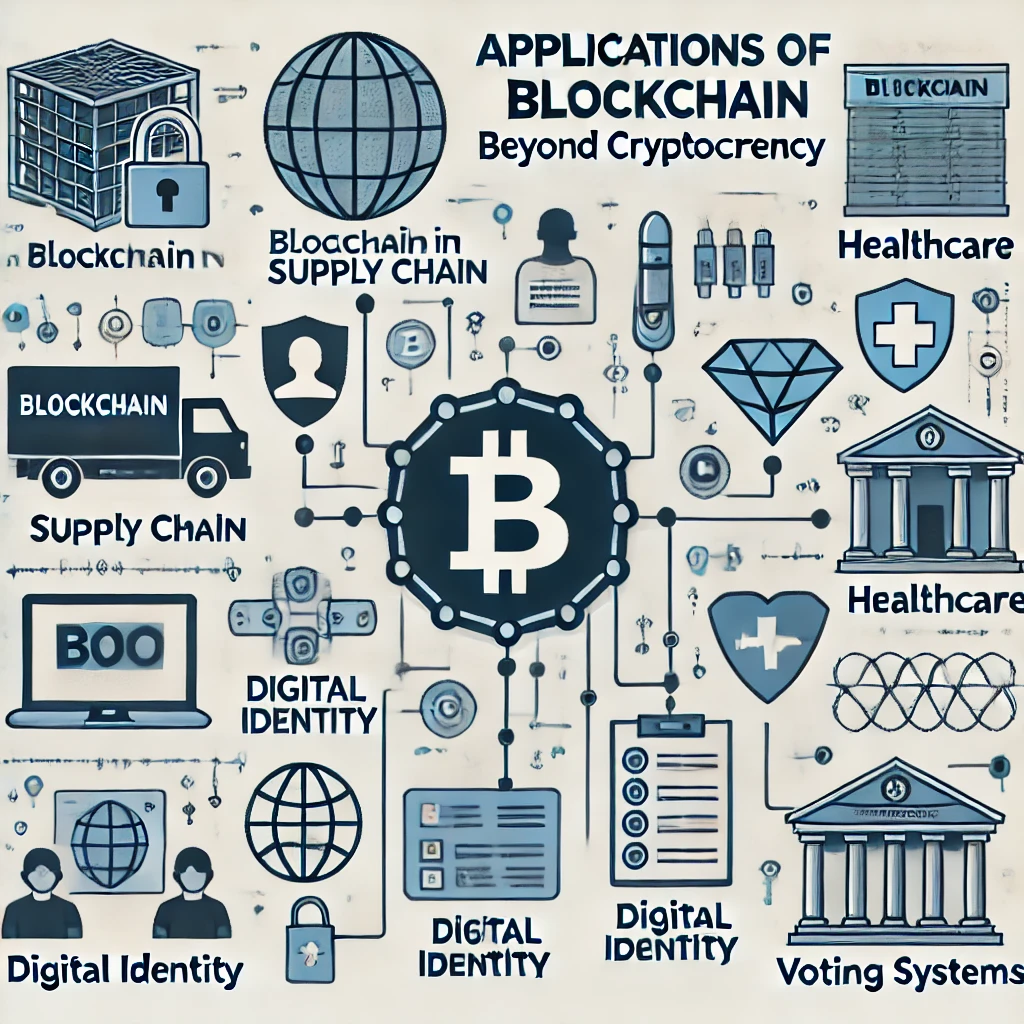
Challenges and Limitations of Blockchain
While blockchain has immense potential, it also faces hurdles:
1. Scalability Issues
- Public blockchains like Ethereum face network congestion and high transaction costs.
- Solutions like Layer-2 scaling, sharding, and alternative consensus mechanisms are being developed.
2. Regulatory Uncertainty
- Governments worldwide have different regulations regarding blockchain and DeFi.
- Striking a balance between innovation and compliance is crucial.
3. Energy Consumption
- Proof-of-Work (PoW) blockchains consume significant energy (e.g., Bitcoin mining).
- Transition to Proof-of-Stake (PoS) and eco-friendly alternatives can reduce environmental impact.
4. Adoption Barriers
- Businesses and governments need to integrate blockchain seamlessly into existing systems.
- Education & awareness are key to mass adoption.
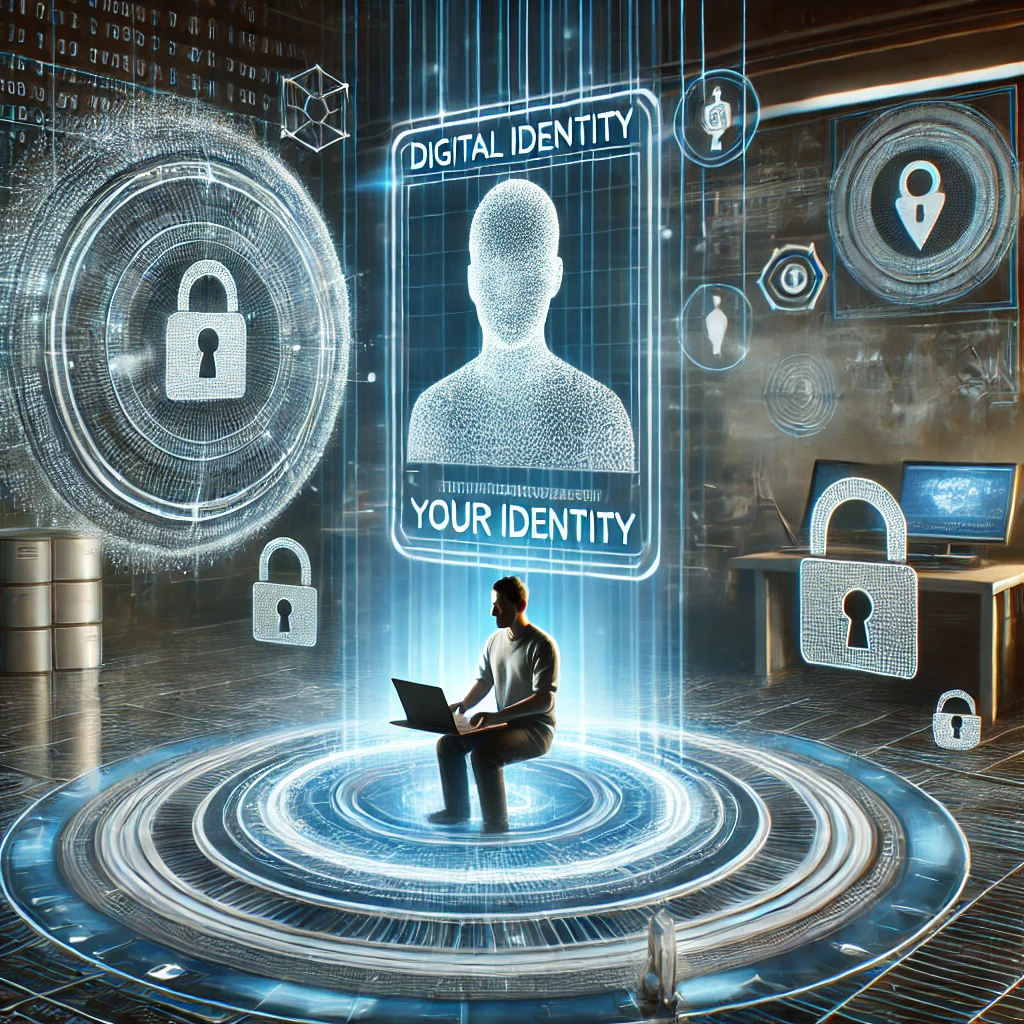
The Future of Blockchain Technology
Looking ahead, blockchain’s impact will only grow as technology evolves. Here’s what the future holds:
✅ Integration with AI & IoT: Blockchain will secure data from smart devices and autonomous systems.
✅ Cross-Industry Collaboration: More businesses will adopt blockchain for secure transactions and automation.
✅ Hybrid & Private Blockchains: Enterprises will use custom blockchain solutions to balance security and privacy.
✅ Widespread DeFi & CBDCs: Decentralized finance will expand, and Central Bank Digital Currencies (CBDCs) will gain traction.
Conclusion
Blockchain is far more than just the backbone of cryptocurrency—it is a transformative technology that can revolutionize industries worldwide. Whether in finance, healthcare, real estate, or governance, blockchain offers security, transparency, and decentralization.
As adoption increases and new solutions emerge, blockchain will redefine how we interact with data, transactions, and digital identity in the coming years.
